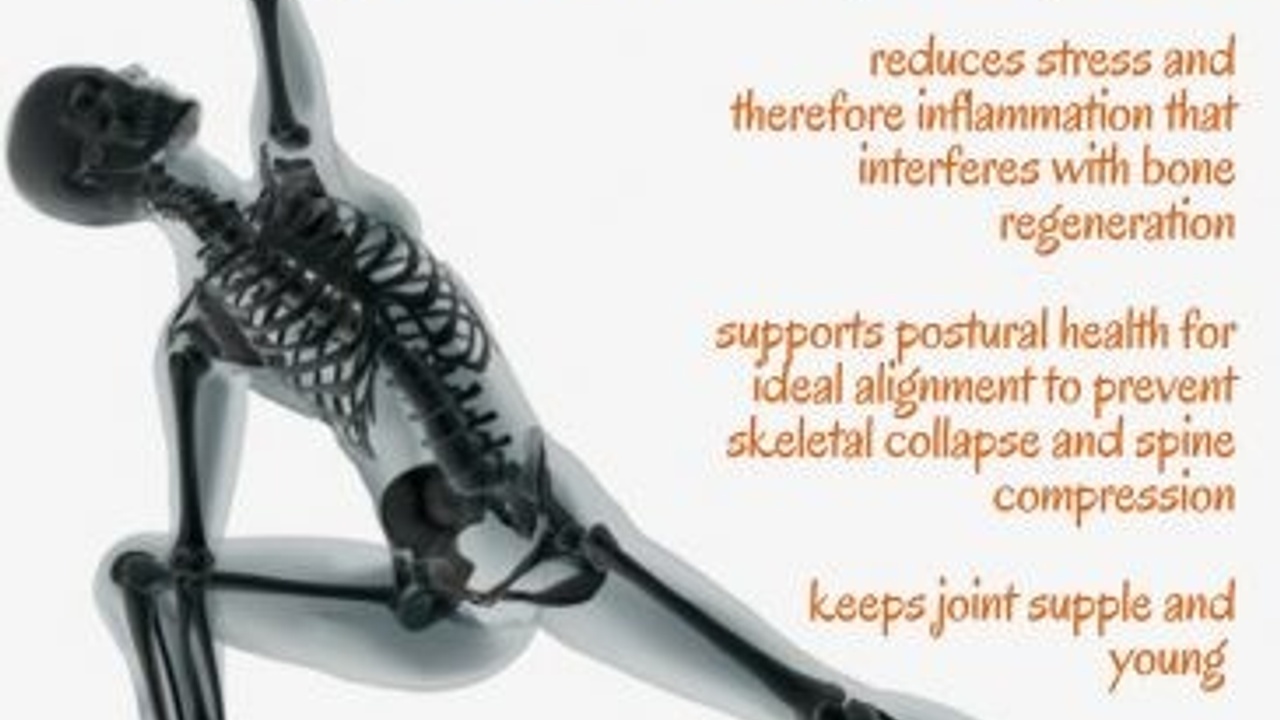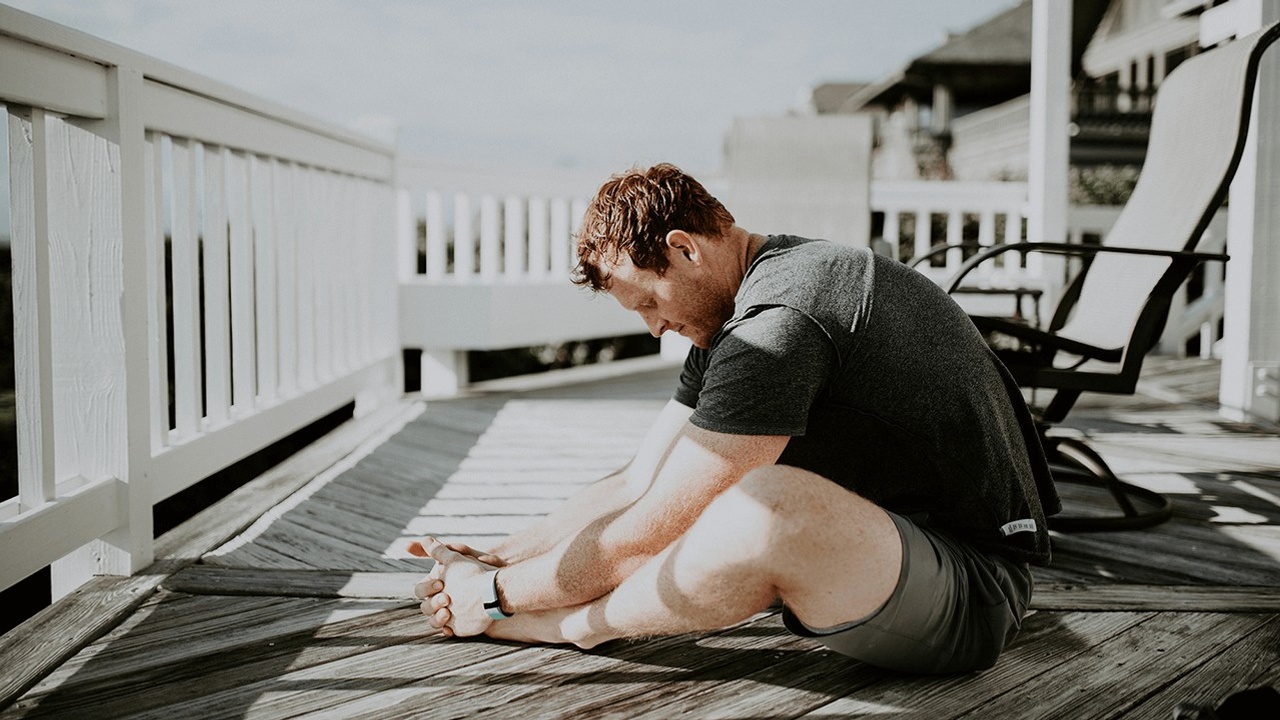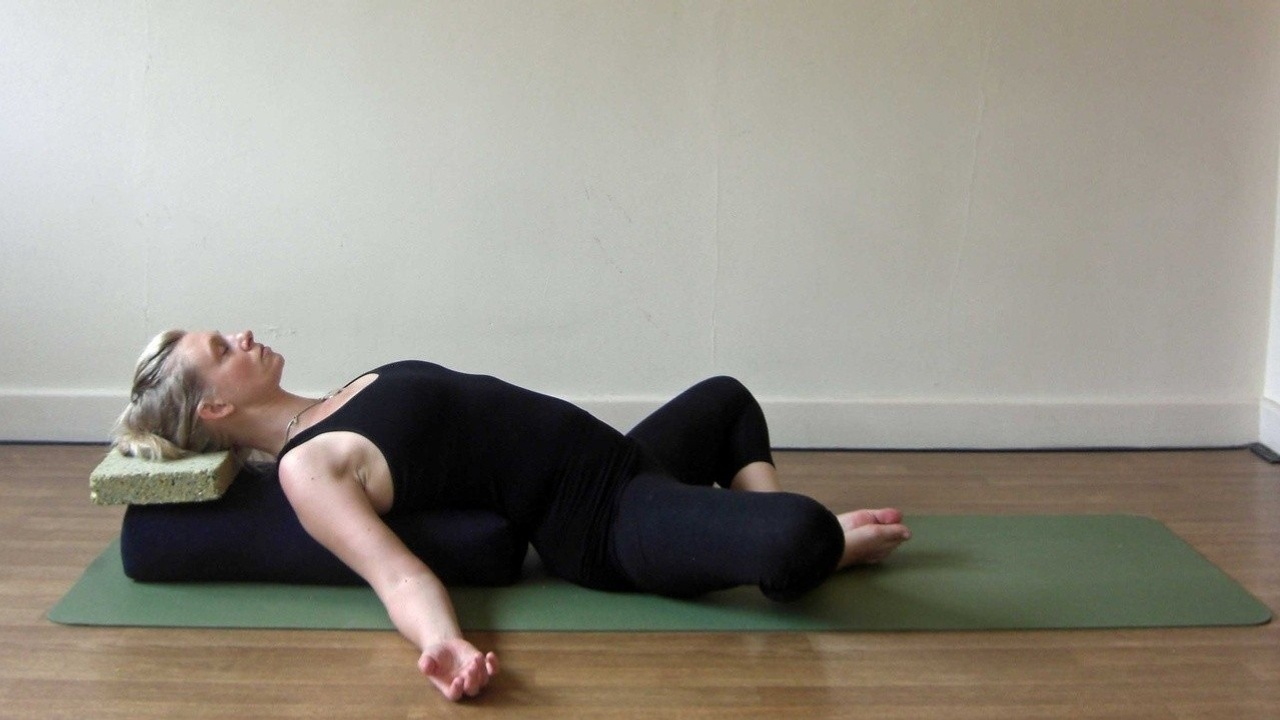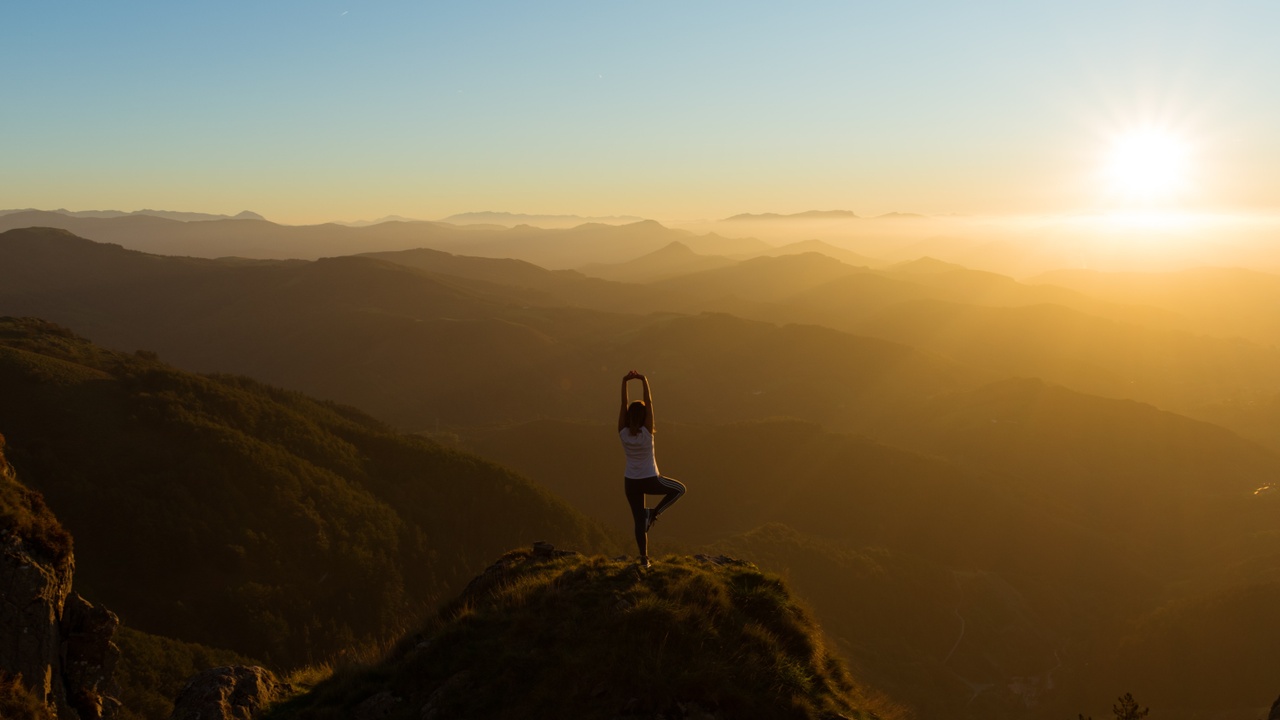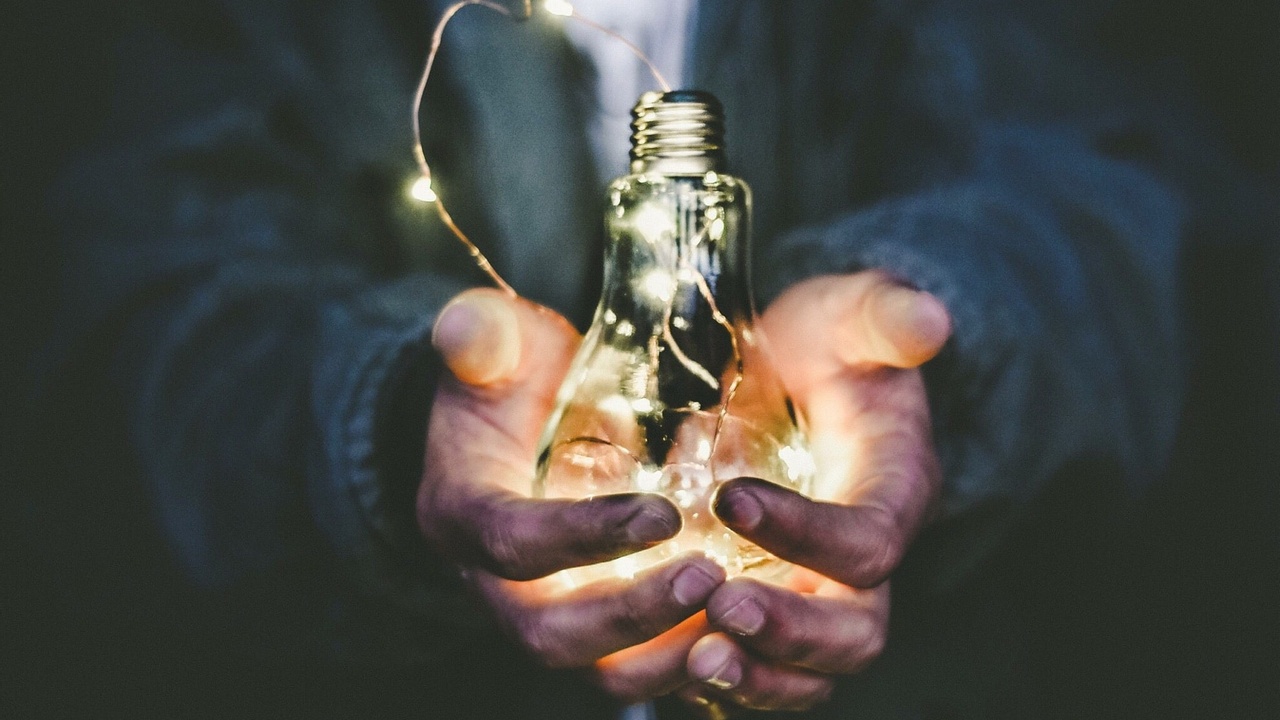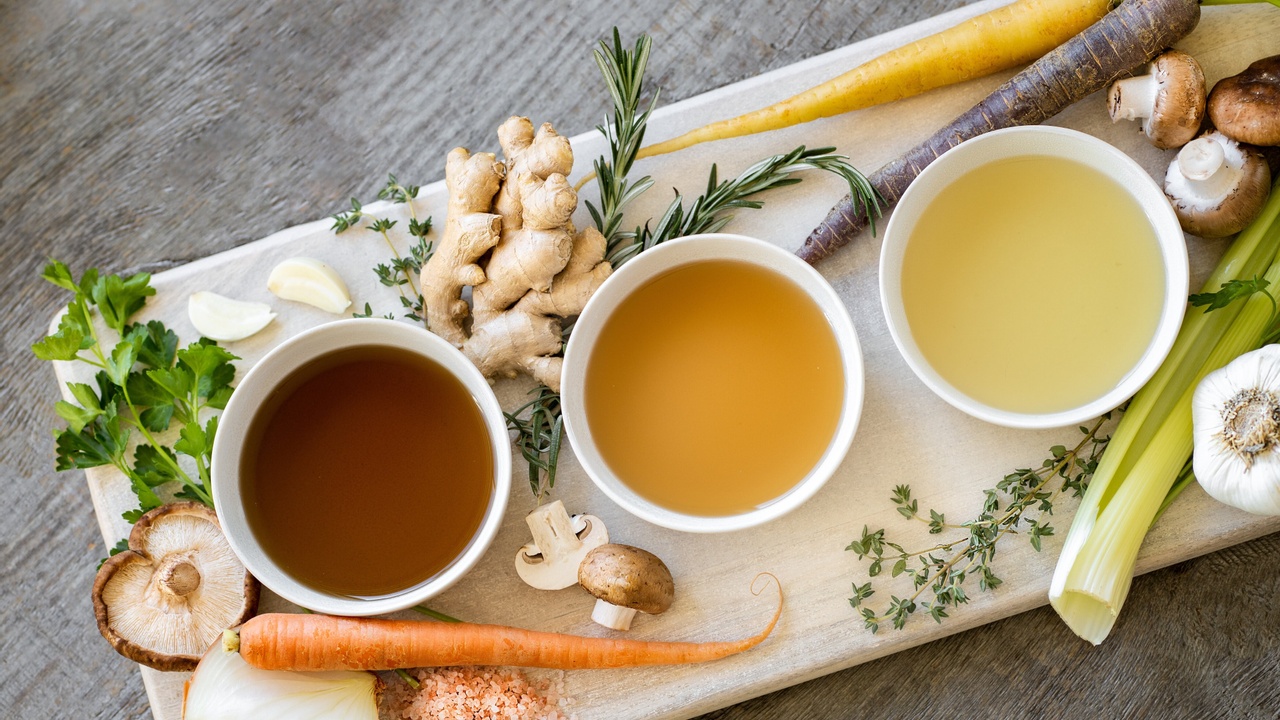Yoga is an ancient health system that includes a physical practice designed to prepare the body for meditation. Its popularity reflects its universal adaptability to suit individual needs and many modify their practice for changing phases of life. Its emphasis on non-violence, non-competitiveness and self-compassion can allow practitioners to respect the energy and postural needs of their body.
Many people begin yoga to help with back pain and it is no coincidence that they also see improvements in bone health, especially alongside dietary changes of low sugar, less acid-forming foods and higher vegetable intake. The combination of postural improvement, muscular strength and better coordination adds up to improved overall musculo-skeletal health. More balanced breathing patterns also improve circulation to feed oxygen and nutrients to bone cells.
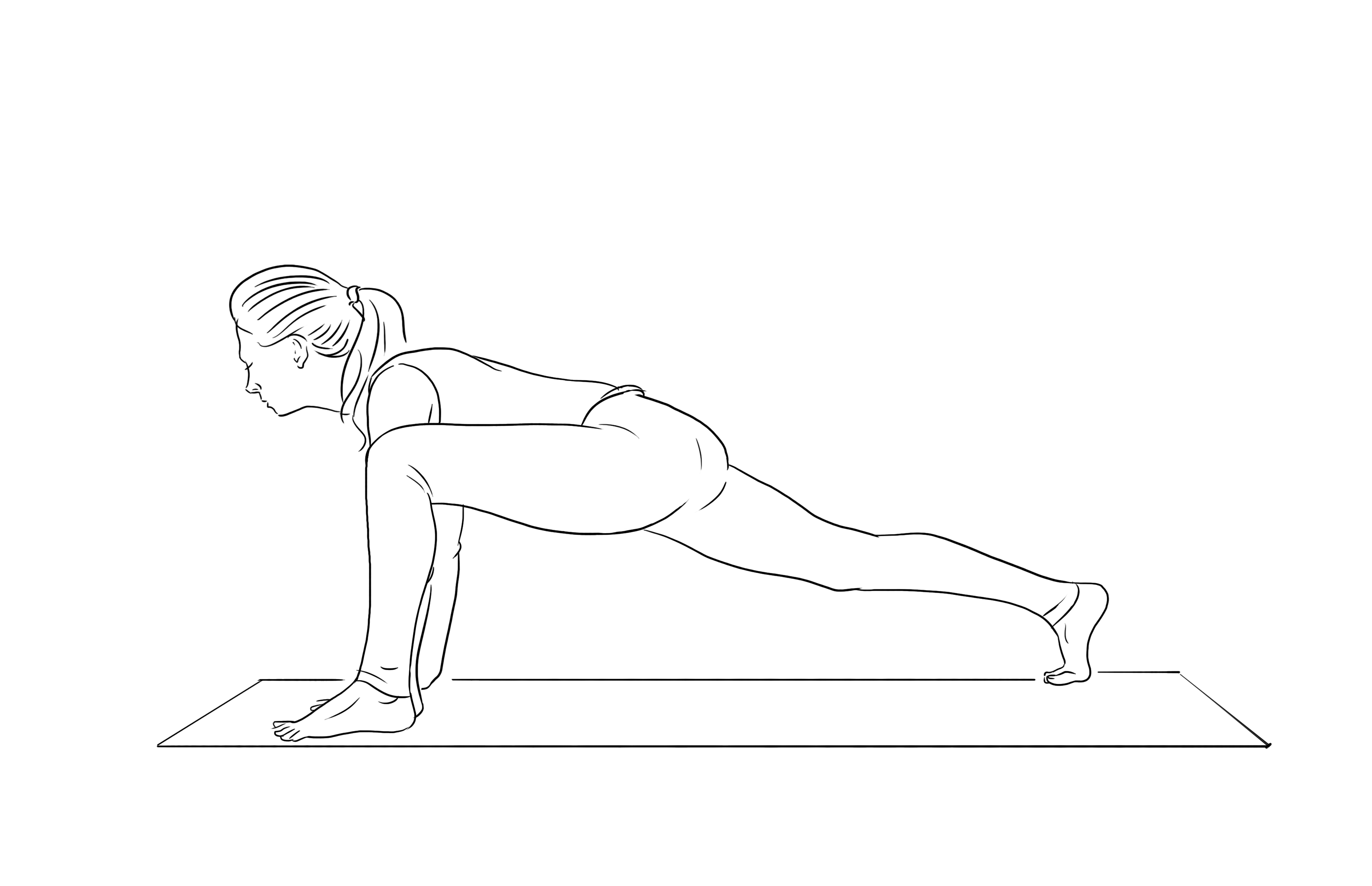
Bone as living tissue
Much of bone health comes down to density, which naturally decreases with age and so increases the risk of debilit...
In the first of two blogs giving you a flavour of the content and practices in my book Yoga and Somatics for Immune and Respiratory Health (Singing Dragon, October 2022) we explore the myriad ways in which a mindful, embodied movement practice can affect the whole of our immune maintenance and health.
Also see this article: Yoga and Somatics for Immune Health
All illustrations are from the book, copyright Charlotte Watts 2022
Find details on my Teaching Yoga for Immune and Respiratory Health course with Yogacampus here.
You can order my book, Yoga and Somatics for Immune and Respiratory Health here.
We are animated through breath….
Breath is life and an area of our health that we can affect profoundly with simple movements and breath practices.
Essentially breathing is a continual tidal rhythm, drawing oxygen into the body with the inhalation and releasing carbon dioxide (CO2) out on the exhalation. This happens on a large scale through the lungs, but also for each and every...
In a fast-paced world, getting enough deep sleep may seem like a luxury, but quality and quantity of sleep are equally vital – or body and mind suffer…
The sleep cycle
When we sleep, we cycle between different phases. Each is vital and a really good night’s rest includes five or six of each of these cycles. The first sleep cycle is about 1 ½ hours and each progressive cycle is slightly shorter:
- Non Rapid Eye Movement Phase (NREM) – where we first fall asleep, that floating, liminal space where we can easily reawaken.
- NREM 2 dropping a little deeper, heart rate and brain waves slow, eye movement stops and our temperature drops. About half of our time asleep is in this phase.
- NREM 3, deeper sleep, is characterised by longer, fuller breathing, Delta brain waves and an increase in Human Growth Hormone. This is where we strengthen immunity and body and brain repair. If we are woken from this stage, we feel groggy and disorientated.
- Rapid Eye Movement (REM), the stage in which we dream. A lighter ...
How we can stimulate neural connectivity through cross-lateral movement patterns. It all starts with crawling…
Back to baby basics
Our first cross-lateral movement – when a limb from one side does something different to its opposite, or any movement that crosses over the midline, such as right hand touching left knee – is crawling. This is a big evolutionary shift from moving on our bellies, which moves bilaterally – leg and arm from the same side together during which the right side of the brain controls the right, and the left side, the left side of the body. Crawling builds bridges across the two, allowing information to pass freely across the corpus callosum and coordinate our spinal muscles and bodily movement up to standing and walking. Without this stage, we could only move awkwardly with and no relationship across diagonal lines of the body. Babies who do not crawl may well find other cross lateral methods to create this effect[1].
Whether you crawled or not, coming back t...
Movement to help your body naturally move through trauma
The term trauma is used to describe the state an individual is left with after a shock or prolonged danger or distressing event has passed. Its prevalence in society has grown from the recognition of the symptoms war veterans were experiencing in the 1980s with the diagnosable condition Post-Traumatic Stress Disorder (PTSD).
This has also opened up to recognise that trauma does not just stem from large, traumatic events but can be as a result of Adverse Childhood Events (ACEs) and the definition extended to anything that overwhelms to the point where we can’t cope, on an individual basis.
The medical world has long viewed trauma as a purely psychological issue, although recent research shows it to be a full physiological response; a reliving in this moment of an event or felt state that came before. For those with trauma, this is the only way more primal, instinctual responses can make sense of the continual.
Trauma tends to...
Stretching can be something we look forward to or dread within our exercise regimens, so understanding its purpose and effects can create more depth and motivation, however we feel. Messages can be conflicting, so some simple basics can help us navigate confusion towards following your body’s needs.
Stretching for sports is not the same as in yoga; rather than looking to improve flexibility alone, static (still) stretching after exercise is designed to lengthen muscle shortened through use back to its normal range of motion (ROM). This is why dynamic (moving), rather than static is recommended for warm-ups. More flexibility ie more range through muscle and around joints may actually impede the action and strength of specific movements needed for sport.
We can’t actually lengthen muscle – this is already determined by its insertion and origin ie where it is attached and leads to in terms of bones and tendons – but we can lessen resistance to a stretch, where the nervous system doesn’t...
Our energy and vitality are bound up in optimal function of a small, but important gland in our throat. Whether you have been diagnosed with a specific thyroid condition or simply feel sluggish and have difficulty losing weight, supporting the health of your thyroid may help improve how you feel.
Our energy levels are profoundly linked to our mental health and those with thyroid issues often reported that it feels like “life is passing them by.” From an Eastern perspective, the thyroid is associated with the throat chakra (energy wheel). Yogis believe this area represents expression and an energetic blockage here may have its roots in fear, inability of self-expression and frustration. Exercise is shown to support thyroid function, but ironically when it is under-functioning, motivation to move can be lost.
The thyroid gland is a butterfly shaped organ in the neck that produces thyroid hormones that travel to cells throughout the body. One of its major jobs is to regulate metabolism;...
First published in What Doctor's Don't Tell You Magazine.
We all know the knock-on effects of a bad night’s sleep, but when insomnia becomes chronic it can affect our whole being and ability to function. The daytime fatigue it creates can send us reaching for sugar and stimulants, which in turn affect sleep.
Insomnia falls into two categories; difficulty falling asleep and waking in the night. It tends to be divided into primary insomnia, where sleeplessness is the main symptom and secondary, where sleep is affected by another condition e.g. arthritis, fibromyalgia and depression. From a holistic and psychoneuroimmunological (PNI) perspective - where our bodies work as one completely integrated system – the calming and soothing mechanisms that allow sleep have such far reaching effects on lowering inflammation, modulating immunity and regulating mood and motivation, that promoting sleep quality is a foundation of health; not just the absence of disease, but quality of life.
Even yog...
We humans have an interesting relationship with energy. We can expect so much of our resources, often underplaying the recovery time we really need and viewing ‘good energy’ simply as the ability to keep going, no matter what... which is akin to expecting your smartphone to keep working without recharging the battery.
In reality, energy that we can rely on and that remains generally stable throughout the day only occurs when we factor downtime and breaks into our daily lives - when we truly connect in to when we are doing too much and need to back off. This can apply to any aspect of our lives; work, play, exercise and anything else.
Energy is finite and shared around the body; when it is needed for digestion or immunity for instance, our want to move around becomes reduced - energy available to our muscle is needed elsewhere and we go into recovery mode.
The truth is energy needs to ebb and flow. We need to allow natural down-times to be able to pick up again and not fall prey to s...
We humans are built to move continually, but our movement patterns can often add into rather than relieve our 21st century stress states. Our one response to stress – ‘fight, flight or freeze’ – has our whole bodies preparing for a tense, physical reaction, but sedentary habits often leave us stewing in our stress hormones and trapped in ‘constant alert’ with no outlet. The result can be tight muscles, jaw and face, often seen in neck and back issues, as well as headaches, anxiety and insomnia.
The trouble is that many of us have work lives that demand we sit for long periods of time, relegating exercise to defined pockets of time. But our bodies are not designed to be inactive; even if you are notching up the exercise hours, if you are sitting on your behind for more than two hours at a time, you are sending signals to body systems that you are essentially sedentary, causing metabolism and energy regulation to slow down accordingly. Staying in one rigid position for any period of tim...
First published in What Doctor's Don't Tell You Magazine.
The menopause is a natural transition in a woman’s life cycle. It is not an illness, but a passing into a new phase, where we drop away from the more frenzied activity of earlier years and into a more relaxed approach. Hormone fluctuations and resultant symptoms accompany each female biological life stage and changes are felt on all levels; physically, emotional and spiritually as we take stock and prepare to move on.
Menopause follows puberty and childbirth - each is a phase where moving inwards to reflect can help us understand ourselves and make adjustments. Yoga is a system that asks us to be present and meet whatever is arising with kindness and curiosity. At a time where we may have a confused relationship with our bodies, yoga can help us move with, rather than against natural physical tides.
How our changing biology feels
Menopause is defined as the time when monthly periods have stopped for more than 12 consecutive ...
How your gut health determines your immune capacity
Digestive health is crucial to all body functions; to provide what they need and keep out potentially harmful cells and tissues. The gastro-intestinal tract (gut) is responsible for digestion, absorption and assimilation of nutrients and elimination of waste and toxins, but less known is its role in immunity – not just within the gut, but throughout our whole bodies.
Just like the skin on the outside of our bodies, the gut wall is essentially a barrier, constantly decided what is safe to allow inside and what should be kept out. Until food is absorbed into the body and remains in the gut, it is essentially outside the body – like that piece of undigested sweetcorn in the toilet bowl! Health of the gut wall (gut mucosa) is crucial for integrity of our defences and is sensitive to our emotional, stress and trauma responses.
The gut-immune-stress connection
The main anti-inflammatory part of our immune system is housed in the mucous ...

